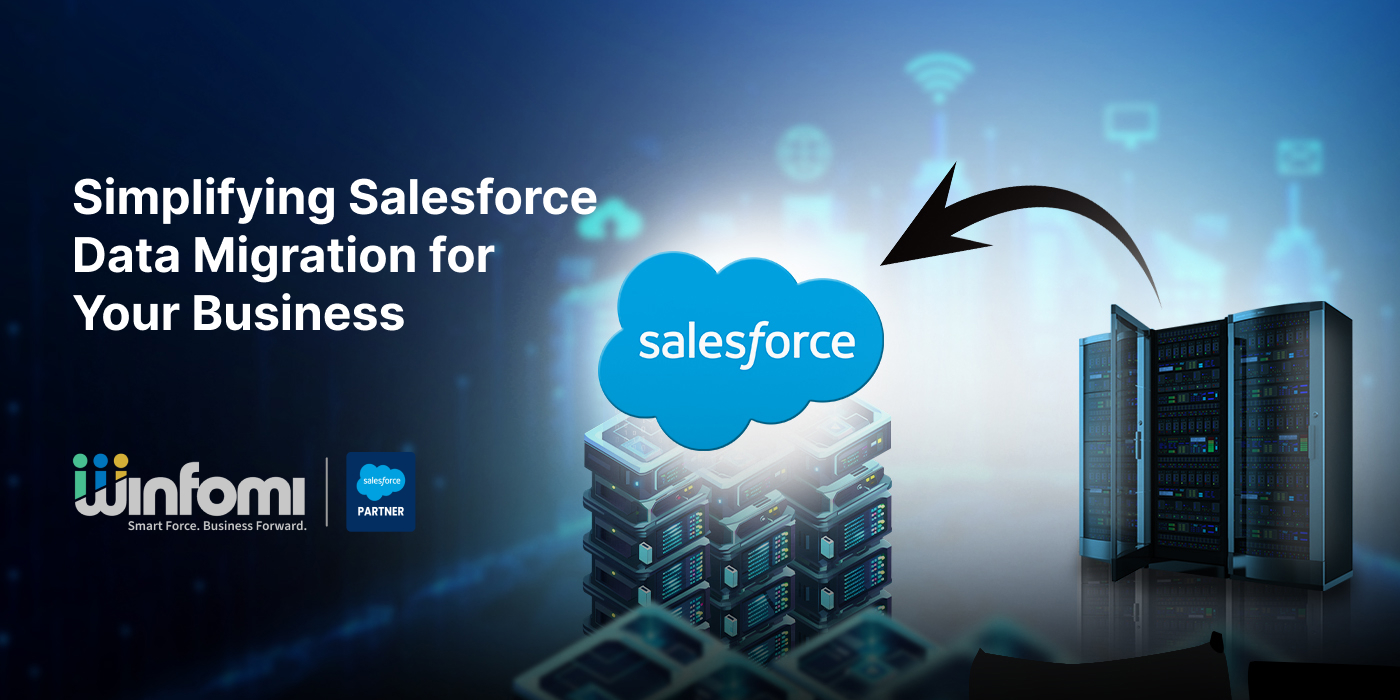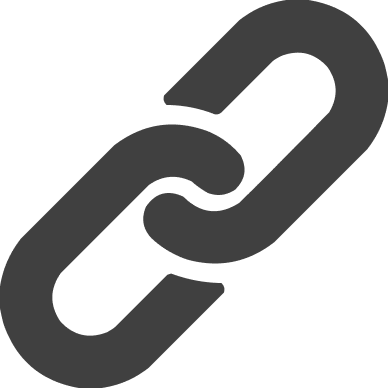

Share:
Table Of Contents
- Simplifying Salesforce Data Migration for Your Business
- Salesforce Data Migration for Your Business
- What is Salesforce Data Migration?
- Why is Salesforce Data Migration Important?
- Best Practices for a Successful Salesforce Data Migration
- Common Tools for Salesforce Data Migration
- Transitioning from Legacy Platforms to Salesforce
- Conclusion: Ready to Migrate to Salesforce?
Simplifying Salesforce Data Migration for Your Business
Salesforce Data Migration for Your Business
If your company is planning to switch to Salesforce, you’re likely thinking about how to move your data safely and efficiently. Salesforce data migration is the process of transferring data from your current system into Salesforce, and it’s crucial to get it right to avoid any disruptions to your business.
What is Salesforce Data Migration?
Salesforce data migration involves transferring all your important business data from legacy systems, databases, or other software platforms into Salesforce. Whether you’re moving from an old CRM, spreadsheets, or any other system, a well-executed data migration ensures that your business can continue to operate smoothly without losing valuable information.
Why is Salesforce Data Migration Important?
Migrating your data to Salesforce is more than just a technical task; it’s an opportunity to improve your business operations. By consolidating your data into a single, powerful CRM like Salesforce, you gain better control over your customer information, enhance collaboration among your teams, and streamline your processes. Plus, you’ll have access to advanced features that Salesforce offers, such as automation, reporting, and analytics.
Best Practices for a Successful Salesforce Data Migration
To make sure your Salesforce data migration goes off without a hitch, follow these simple best practices:
- Plan Your Migration:Before starting, define what data needs to be migrated. Planning helps avoid surprises and ensures all critical data is transferred.
- Clean Your Data:Ensure your data is accurate and up to date before migration. This step is crucial because migrating incorrect or duplicate data can cause problems later.
- Map Your Data Fields:Carefully map your current data fields to the corresponding fields in Salesforce. This ensures that your data will be correctly organized in the new system.
- Test the Migration:Always perform a test migration to catch any issues before the actual migration. Testing helps to ensure everything is set up correctly and functions as expected.
- Use the Right Tools:Whether you choose Salesforce’s native tools or third-party solutions, make sure you pick a tool that fits your business needs. Tools like Data Loader or other ETL tools can simplify the process and reduce errors.
Common Tools for Salesforce Data Migration
When it comes to Salesforce data migration, there are several options available:
- Manual Entry:This is the most straightforward but time-consuming method. It involves entering data into Salesforce manually, which can be impractical for large datasets.
- CSV Files:Exporting data to CSV files and then importing them into Salesforce is quicker but can be prone to data loss if not handled carefully.
- Third-Party Tools:These tools, such as Salesforce Lightning Migration, offer more features and flexibility, making them a preferred choice for complex migrations.
Transitioning from Legacy Platforms to Salesforce
Migrating from a legacy system to Salesforce may seem daunting, but with the right approach, it can be a smooth process. Start by connecting your legacy system to Salesforce, apply necessary transformations to clean and prepare your data, and then load the data into Salesforce. Tools like Astera make it easy to map, transform, and load your data, ensuring a successful migration.
Conclusion: Ready to Migrate to Salesforce?
Migrating to Salesforce is a smart move for businesses looking to centralize and optimize their customer data. However, it’s essential to approach the migration process methodically to avoid data loss and ensure a seamless transition. By following best practices and using the right tools, you can make your Salesforce data migration a success.
Need help with your Salesforce data migration? Book a free consultation with Winfomi’s experts today here. Let’s make your migration process smooth and stress-free!






